There are undeniable benefits to the adoration of “natural” if it leads to greater environmental awareness and a shift towards more sustainable practices. The problem arises when we fall into the trap of thinking, like actress Gwyneth Paltrow, that “nothing natural can be bad for you.” An example of the opposite is the myriad of poisonous plants that can kill us, some without even eating them. Here are some of the world’s most dangerous plant species.

Aconite (Aconitum napellus)
Aconite, also known as monkshood or devil’s helmet, is one of the most poisonous plants in Europe, toxic just from simple contact, yet it is cultivated in gardens. Its chief toxic component, aconitine, is a potent neurotoxin that penetrates through the skin. Cases such as the British gardener who died in 2014 after handling it, or the hiker rescued with acute poisoning on a Catalan mountain in 2013, are some examples of its danger, which has been known since ancient times.

Manchineel tree (Hippomane mancinella)
Nowadays, we are used to seeing signs warning us of dangerous things. Nature is not so considerate, which is why trees like the manchineel, known in Spanish as the manzanilla de la muerte, “little apple of death”, have to be signposted to avoid misfortune. Found in the tropical fringe of the Americas, it is notable for the resemblance of its leaves and fruit to the apple tree. However, not only are all its parts lethal, but its sap burns the skin, so it is recommended not to shelter under this tree during a rain storm, as the water washes away the sap, or to burn its wood. Legend has it that the arrow that killed the Spanish conquistador Ponce de León was poisoned with sap from the manchineel tree.
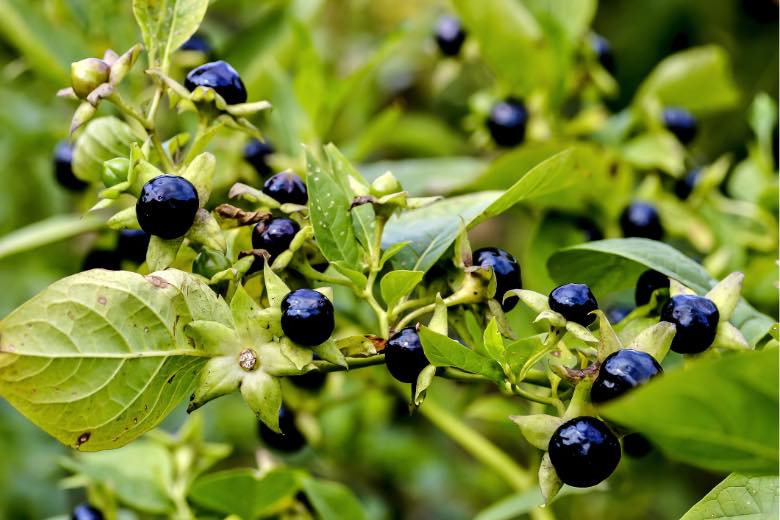
Belladona (Atropa belladonna)
Belladonna, or deadly nightshade, is one of the best-known poisonous plants, along with other classics of detective fiction such as hemlock (Conium maculatum) and foxglove (Digitalis purpurea). Its traditional name, from the Italian for “beautiful woman”, comes from the ancient custom of ladies applying the juice to their eyes to dilate the pupils, making their eyes appear larger and more seductive. Belladonna is particularly dangerous to children because its shiny black berries taste sweet but are deadly. This pleasant taste has led to its frequent use as a poison since antiquity.
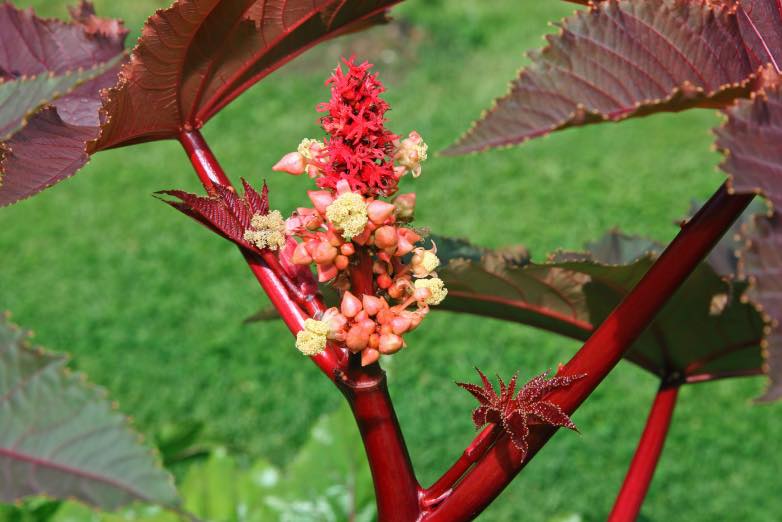
Castor bean (Ricinus communis)
One of the contenders for the world’s most poisonous plant is the castor bean, a shrub native to Africa and widespread in hot, tropical regions. The danger is concentrated in its seeds: just four can kill an adult. Its toxin, ricin, is said to be 6,000 times more poisonous than cyanide. Interestingly, castor oil, a traditional medicine, is also extracted from the seeds.
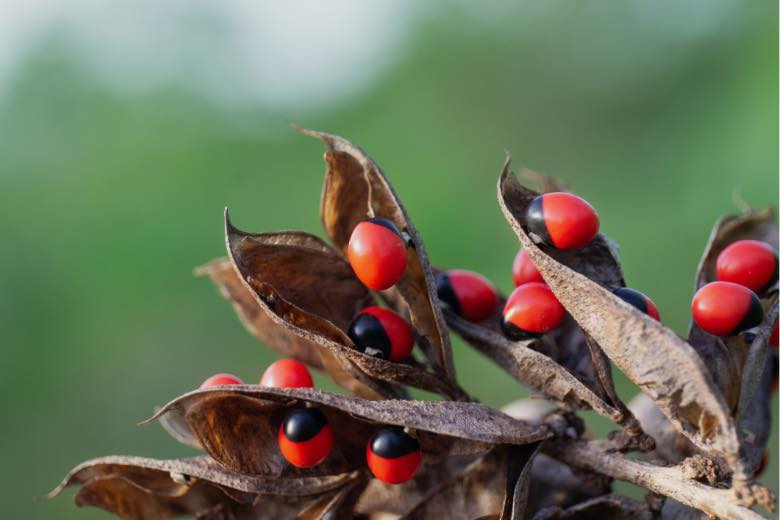
Jequirity bean (Abrus precatorius)
The danger of this plant, also known as the rosary pea, is that its seeds are used as beads in bracelets, necklaces or rosaries, which are also sold on the internet. The intact seed is not dangerous; it contains the toxin abrin, which is up to 75 times more poisonous than ricin. Folk tales tell of artisans dying from pricking their fingers while threading the seeds into costume jewellery.
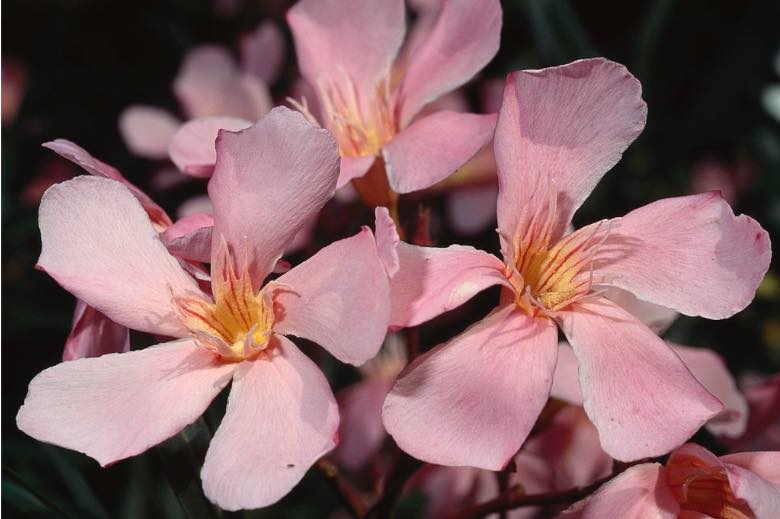
Oleander (Nerium oleander)
One of the most typical ornamental plants of the Mediterranean basin, now cultivated in many parts of the world, it is often cited as one of the most poisonous plants on the planet. Oleander contains toxins such as oleandrin and others. Although poisonings are common, fatal cases are very rare; the bitter taste of the plant acts as a deterrent. According to legend, Napoleon’s soldiers in Spain died from roasting meat on oleander sticks, although some say its toxicity may have been exaggerated.
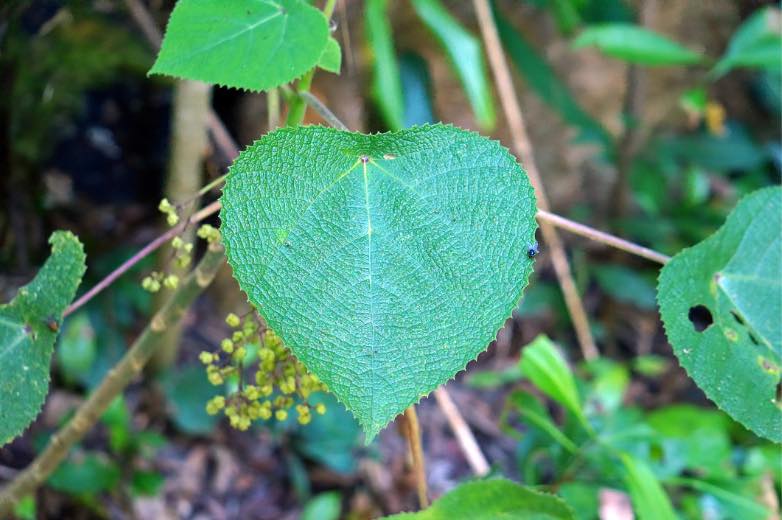
Gympie-gympie (Dendrocnide moroides)
One of the world’s most dangerous plants is related to our familiar nettle but relegates it to the status of a mild nuisance. Gympie-gympie, as it is known in its native region of Australasia, Indonesia and Malaysia, is a large-leaved shrub whose stinging hairs cause extreme pain that can last for months or even years. One researcher described it as like being burnt with hot acid and electrocuted at the same time, and folklore about the plant tells of suicides from the excruciating pain, and even horses throwing themselves off cliffs in agony. Worse still, the hairs that cover the plant are released into the air and can be inhaled.
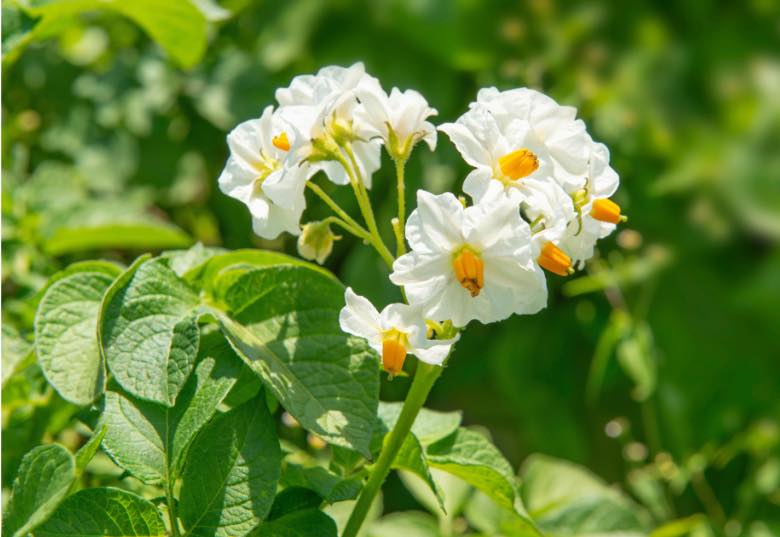
Potato plant (Solanum tuberosum)
Although not among the most toxic, this poisonous plant, which is paradoxically one of the most popular foods in the world, deserves a mention. The potato plant contains toxins such as solanine and chaconine, which are fortunately less abundant in the tuber, the only edible part. The green colour of potatoes or the appearance of sprouts are signs of metabolic activity that increases the production of toxins. Cases of poisoning from old potatoes are not uncommon, and some experts warn that the long-term effects of the toxins are not known. A similar case is the tomato plant, which belongs to the same Solanaceae family as belladonna.
Comments on this publication